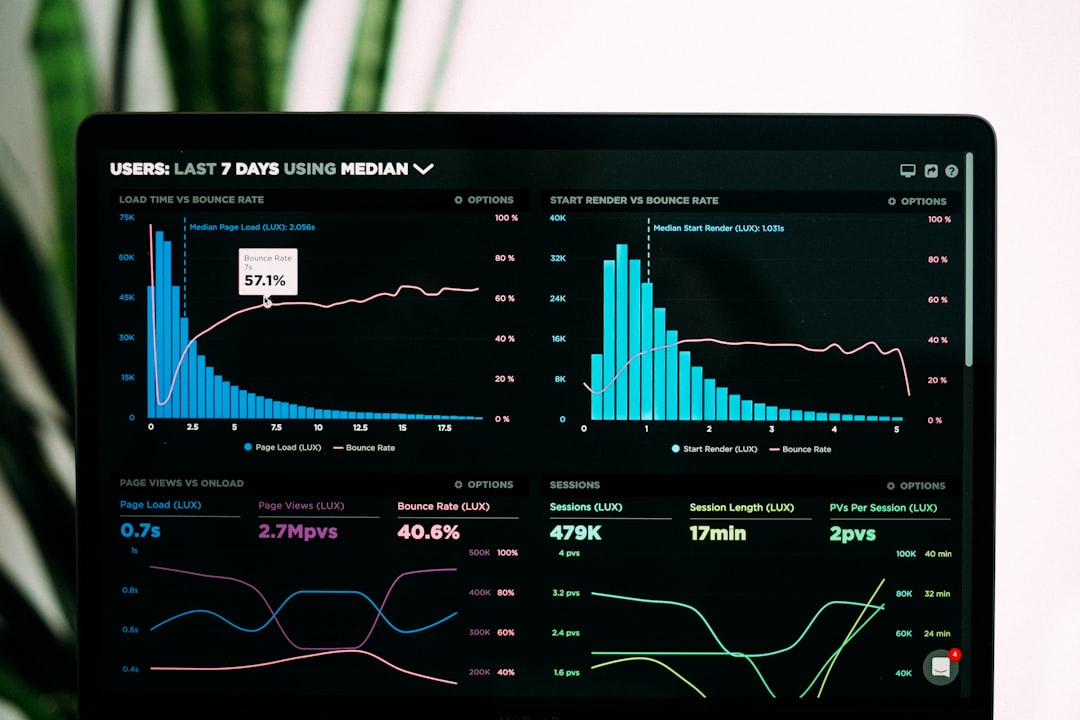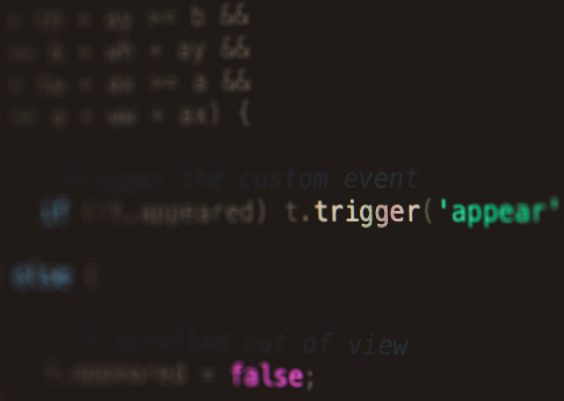With modern computing demands increasing rapidly, choosing the right laptop requires careful consideration of both current and future needs. The 5080 laptop series, known for balancing performance with portability, has gained attention among professionals, students, and power users. However, understanding the specifications of the 5080 model can be critical to making the right purchase decision.
In this article, we break down the core specifications of the 5080 laptop, helping buyers understand what each feature means and how it impacts real-world performance.
Processor Options
One of the defining aspects of the 5080 series is its use of high-efficiency CPUs. Most configurations are powered by Intel’s 12th or 13th Gen Core i5, i7, or i9 processors. These chips blend performance and energy conservation, making them suitable for both demanding tasks and long battery life.
Key takeaway: Users who focus on productivity tools like spreadsheets, document processing, and video conferencing will find the i5 adequate. Video editors, coders, and gamers might prefer the i7 or i9 options for higher clock speeds and more cores.

Memory (RAM)
The amount of Random Access Memory (RAM) can significantly influence how well a laptop handles multitasking or large applications. The 5080 series offers configurations ranging from 8GB to 64GB DDR5 RAM.
- 8GB: Suitable for general web browsing, light productivity work.
- 16GB: Ideal for business use, creative tasks, and moderate multitasking.
- 32GB and above: Reserved for professionals working with high-end applications such as 3D modeling or software development environments.
Storage Alternatives
The 5080 typically provides SSD storage starting at 256GB, extending up to 2TB. Solid-state drives offer faster boot times and data access compared to older HDD technology. Selecting the right storage size depends on user habits and application requirements.
Expert tip: If budget allows, opting for a minimum of 512GB offers a safer balance between price and storage longevity, particularly for users dealing with large files.
Display and Graphics
The clarity and color fidelity of a laptop display are crucial for professionals who work with visuals. The 5080 models commonly feature 15.6-inch displays with Full HD (1920×1080) or 4K UHD resolutions. Buyers can select between standard LCDs or slightly more vibrant IPS panels.
For graphics, some variants of the 5080 utilize integrated Intel Iris Xe graphics, while others come equipped with dedicated NVIDIA GPUs such as the RTX 3050 or RTX 3060. A dedicated GPU is essential for those working in visual design, simulation, or gaming.

Battery Life and Power Efficiency
Efficient battery life remains a strong consideration, especially for mobile professionals. Depending on configuration, the 5080 can last between 7 to 14 hours on a full charge. Laptops with dedicated GPUs generally consume more power, thus slightly limiting battery duration.
Tip: Always check whether the battery is removable or customizable, especially if you travel frequently or work in remote areas.
Ports and Connectivity
Modern laptops need to accommodate a wide range of connections, and the 5080 does not disappoint. Common I/O ports include:
- 2x USB 3.2 Type-A
- 1x Thunderbolt 4 / USB-C with Power Delivery
- HDMI 2.0
- Full-size SD card reader
- 3.5mm audio combo jack
Wi-Fi 6 and Bluetooth 5.2 provide wireless connectivity, increasing speed and reducing interference for streaming and cloud-based workflows.
Build Quality and Design
The chassis of the 5080 is typically aluminum or a high-strength polymer, lending resilience without compromising weight. Most models are around 4 lbs, making them portable yet substantial enough for desktop replacement.
Additionally, backlit keyboards, fingerprint readers, and edge-to-edge displays enhance usability and security.
Operating System and Software
The 5080 laptop generally ships with Windows 11 Pro or Home, depending on the target market. OEM software may include productivity tools such as Microsoft Office trial versions or manufacturer-specific system monitoring applications.
Enterprise users should verify compatibility with company-specific software and remote management tools, especially if large deployments are involved.
Conclusion
The 5080 laptop strikes a rare balance between performance, design, and scalability. Whether you’re a student seeking reliability, a creator chasing intensified performance, or a business user planning for long-term functionality, the 5080 series offers various configurations to match specific needs.
Buyers must critically examine their use cases and align them with the specifications — especially processor type, memory, and display quality — to choose the most appropriate model.
Understanding these components not only ensures satisfaction with your initial investment but also prepares you for a longer ownership cycle without the immediate need to upgrade.




